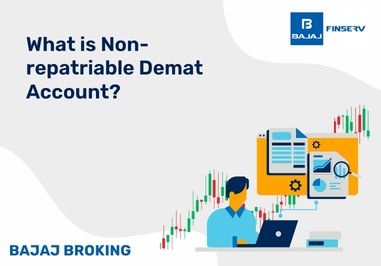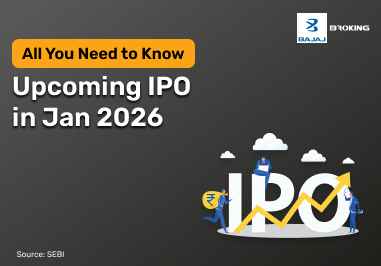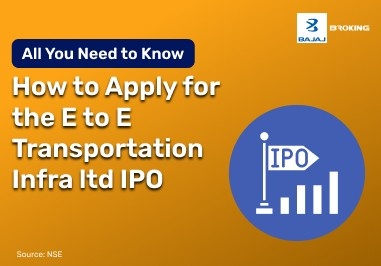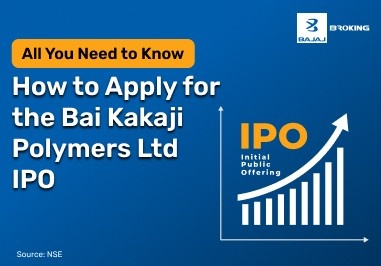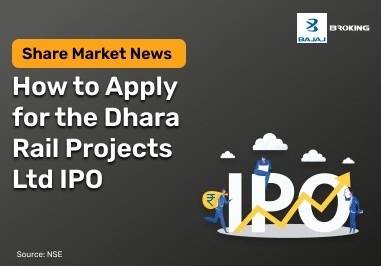In order to serve as a conduit between the public and the corporation, the Securities and Exchange Board of India introduced anchor investors to the financial market in 2009.
Since anchor investors are crucial in deciding whether or not to invest in an asset, let's talk about them.
Prior to delving into a thorough explanation of what anchor investors are, it is important to note that they are among the primary factors influencing the value and market movement of an asset.
Importance of Anchor Investors
An IPO benefits from the visibility and confidence that anchor investors provide. Their involvement increases market confidence and facilitates price discovery. These investors can boost demand and subscription momentum because they are given shares prior to the IPO's public opening.
Here is what anchor investors do that makes them a significant market participant and answers any questions you may have about what they are:
Increasing Trustworthiness
Because anchor investors are renowned for their thorough due diligence, their choice of an asset or security in the market lends confidence.
Provides Transparency
Impacts a security's market value
An anchor investor has a huge impact on the success of any asset because they are typically viewed as having a higher value in the stock market.
How does Anchor Investors Work?
A day before the IPO opens, shares are distributed to anchor investors. Anchor investors may receive up to 60% of the Qualified Institutional Buyer (QIB) allocation. For these investors, a minimum application size of ₹10 crore is required. After the allotment date, the shares are locked in for at least 30 days.
Since it has been demonstrated that anchor investors are important to the stock market, let's examine how they function:
Minimum Amount Invested
When investing in securities, an anchor investor must adhere to a rigid investment amount. For example, SEBI states that an anchor investor must contribute at least ₹10 crore to an initial public offering.
Lock-in Time
Anchor investors must adhere to a 30-day lock-in period, meaning they cannot withdraw from a security before 30 days have passed since the allotment date, because they have a substantial impact on market securities.
SEBI Regulations
To maintain openness and integrity, SEBI oversees every action taken by an anchor investor in the stock market.
Examples of Anchor Investors
Mutual funds, insurance providers, pension funds, sovereign wealth funds, and foreign portfolio investors are examples of anchor investors. ICICI Prudential, SBI Life Insurance, HDFC Mutual Fund, and the Government of Singapore Investment Corporation (GIC) are a few examples.
Using an example is a straightforward method to comprehend what anchor investors mean.
Assume that a business intends to issue 10,000 of its shares as first public offerings (IPOs). The business offers a substantial percentage of its shares to banks or mutual funds as anchor investors at steep discounts prior to launching its initial public offerings (IPOs) on the stock market.
The business permits banks to own 1,000 shares and mutual funds to own 2,000 shares. The company already has 7,000 initial public offerings (IPOs) for the general public after going public on the stock exchange, with assistance from well-known banks and mutual funds to boost the price and establish reputation.
Benefits of Anchor Investors in IPOs
1. Participation of Institutions
Their early involvement gives the IPO problem more institutional weight.
2. The Issuer's Credibility
Having reputable organizations involved can boost trust and awareness.
3. Assistance with Price Discovery
Setting IPO pricing benchmarks is aided by their bids at the upper price range.
4. Momentum for Early Subscriptions
Other investor groups are encouraged to subscribe as a result of their involvement.
5. The Impact of Market Sentiment
Both retail and non-institutional interest may benefit from anchor allocation.
Additional Read: Types of Investors In IPO
Lock-in Period for Anchor Investors
1. Lock-in Period of 30 Days
Anchor investors are required by SEBI to retain their allocated shares for a minimum of 30 days, which curbs speculation right after listing.
2. Extra Lock-in for Serious Problems
50% of the anchor portion may be locked up for 90 days for initial public offerings (IPOs) larger than a specific size. In the event of significant fundraising difficulties, this prolonged lock-in offers extra market stability.
3. Lock-in's objective
Stability is guaranteed by the lock-in mechanism, which deters quick profit-booking.
4. Encourages Extended Holding
It shows that institutions are committed to more than just listing gains.
Anchor Investors vs. Other Types of Investors
When a company sells its shares to the public for the first time through an IPO (Initial Public Offering), different kinds of investors can buy them. Retail investors, high-net-worth individuals (HNIs), and qualified institutional buyers (QIBs) usually invest during the IPO subscription window. Anchor investors, on the other hand, invest a day before the IPO opens. They must keep their shares for a certain lock-in period and usually invest very large sums of money.
Each of the four main investor groups plays an important role in the stock market. Let’s look at them one by one:
Anchor Investors
Anchor investors are large financial institutions that put in at least ₹10 crore when subscribing to shares in an IPO. Their early entry gives confidence to the market and signals trust in the company.
Qualified Institutional Investors (QIIs)
These are SEBI-registered institutions such as banks, insurance companies, or mutual funds. They are allowed to buy shares in an IPO but cannot be given more than 50% of the total shares offered. They must invest more than ₹2 lakh.
Non-Qualified Institutional Investors
These investors are similar to QIIs but are not registered with SEBI.
Retail Individual Investors
These are everyday investors who can buy shares worth up to ₹2 lakh in an IPO.
SEBI Rules for Anchor Investors
Limit on Allocation Anchor investors can get no more than 60% of the shares reserved for the QIB category.
Application Size They must apply for at least ₹10 crore, making sure only big institutions with strong funds can participate.
Lock-in Period For large IPOs, 50% of the shares given to anchor investors are locked in for 90 days, while the rest are locked in for at least 30 days.
Disclosure Rules Details of anchor share allocation must be shared with the public and stock exchanges.
Price Shares are usually sold to anchor investors at the highest price within the IPO range, and all anchor investors pay the same price.
Conclusion
Anchor investors are big institutions that buy shares a day before an IPO starts. Their role builds trust in the market, helps in setting the share price, and attracts other investors. SEBI ensures fair play by setting rules for disclosure, lock-in, and allocation.
While financial terms may sound complex, learning them helps you understand the stock market better. Anchor investors are important because their early commitment supports the IPO while also allowing them to invest with an advantage.


